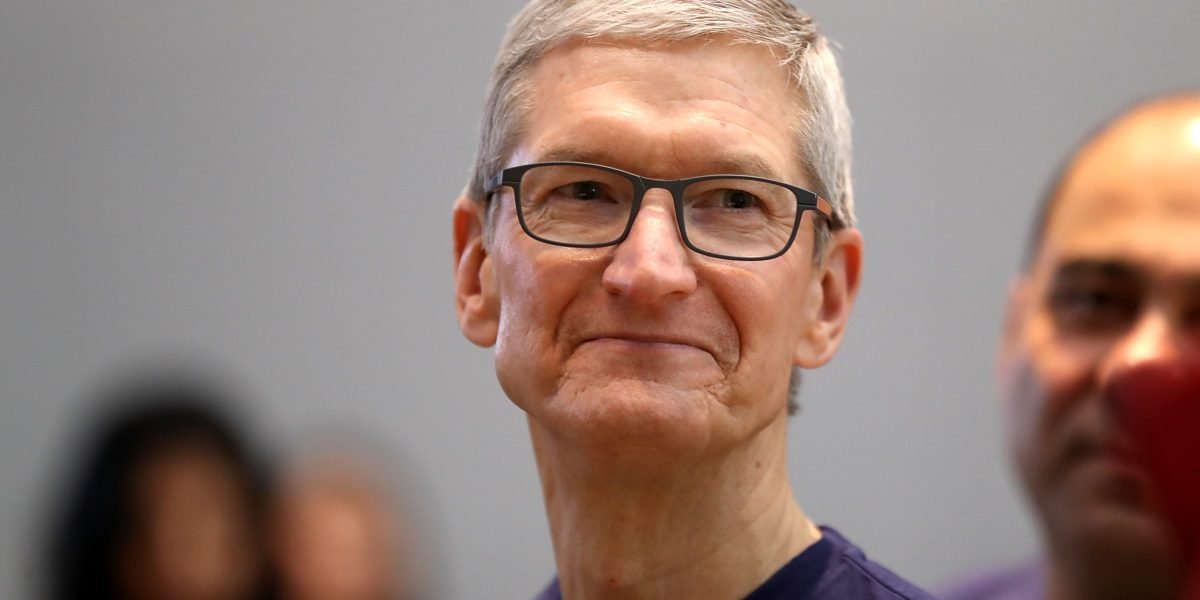
How to fix the diet that makes us vulnerable and hurt the environment

Everything about the way we make and consume food – from the food package, to putting products in the grocery store corridors, to the background music that plays while browsing – as a result of a carefully designed system.
Once we see the diet through this design lens, it looks mature innovation. Sixty percent of the world -consuming calories are continuing from only four crops – wheat, rice, corn and potatoes – a shocking level of monotheism that makes our diet vulnerable to crises such as epidemics and harsh weather. We have already seen how shelves can be stored quickly, and how food prices can rise, due to fragile ties in the food supply chain.
But what if grocery stores carry really sustainable food products designed to renew nature and build a more flexible diet? Products such as pasta made of various old grains, vegetable alternatives to bottled light foods, beer made of excess bread, juices of plants such as wheel aloe vera-and foods that are less dense in resources, more shock-resistant, and are still delicious. What if consumers can make options as they do now, based on taste, preference and price, but they trust that their options have positive and sustainable effects?
Over the past two years, through the world A big challenge to redesign foodWe have worked with more than 100 food makers on three continents, from small startups to the main industry leaders, to create or renew products so that they are sustainable from seeds to shelf. These innovative products show that-with partnerships that reach sectors and industries, and with charitable works ready to make early investments, foods can be produced in a way that benefits from people, planet and basic line.
The concept of sustainability is familiar and already appreciated by consumers and companies. Subordinate 2.6 trillion dollars American consumers spend on food every year, around 20 % go to sustainable products. But instead of focusing on making one component more sustainable, such as a plastic-free package, we need to calculate the environmental effect of the full diet-from the components that are used, to how they grow and its sources, to how they are charged and made, to the materials used in their packages. Without following an approach at the level of the system, the food sector will continue to be an important contributor to global carbon emissions-so it represents the amazing global total.
The Schmidt Family Foundation and the former Elen Mac Arthur Foundation have cooperated with companies to present the circular to consumer goods, from drinking tools to fashion. Each of these efforts requires thinking about the full system and how to improve it. To bring sustainability to every part of the food trip, companies participating in the challenge gave the priority of the ingredients that were diverse, low influential, and Upcycled.
Diversification of ingredients, from a wide range of plant and animal species, benefits soil health, adopts food supply elasticity, and makes food companies less dependent on single inputs. A company created a stable shelf smoothie Powder, for example, sought to get organic farms and worked with them to use unknown Indian apple banana, which is more resistant to diseases than similar ingredients. Pills provide many opportunities for diversification: one company I prepared Bellaf FONIO, an essential element in West Africa, is used in gluten -free, which features approximately 80 % smaller carbon imprint of rice and a 99 % lower stick.
Low -influential ingredients, such as FONIO, have less negative effects on nature, or even nature “renewal” positively. These components can reduce greenhouse gas emissions, loss of biological diversity, removal of forests and protect long -term elasticity of the natural systems that we depend on in food in the first place. Meat options have been strengthened in the challenge sometimes with the unexploited Seaweed Or alternative vegetable products, which reduces carbon fingerprint from meat. For other products, Manufacturers I worked closely with farmers to ensure that the products were renewed.
Finally, Upcycled ingredients are derived from food that may be lost or lost, which reduces pressure on the ground and increases the return on the inputs used to grow food. The products created through the challenge included those that saved and re -use everything from Oats harvest residue To banana peels. The bread directed to the garbage ended in a delicious contribution beerAnd the rising peas, which did not reach the market, was dried and the ground with the full meal flour to create Pasta.
While circular products are important, we need a compact circular in the same system. When eliminating waste, it increases productivity and options. Healthy food options, sources and markets expand. Farmers have a new way to earn money: perhaps most importantly, when nature first places, increases soil health in the long run, improving fertility and return (which also pays higher profits). Plants, animals and humans benefit from a new type of renewal efficiency that plans for the future and protects planetary resources in a way that does not have traditional industrial food systems.
The systematic transformation requires each of us. We need bold leadership of business, policy makers and the financing sector. Politics tools, including legislation and regulation, can provide the economic incentives that food companies need to invest in the transformation of the system. Small quantities of the target capital can accelerate innovation and develop products. Strategic charitable works can bring great ideas from the pilot to the range. In the end, manufacturers, retailers and consumers need to embrace better options.
Our resources for an abundant and flexible diet. Let’s use it.
The opinions expressed in cutting comments Fortune.com are only the opinions of their authors and do not necessarily reflect opinions and beliefs luck.
Read more:













Post Comment